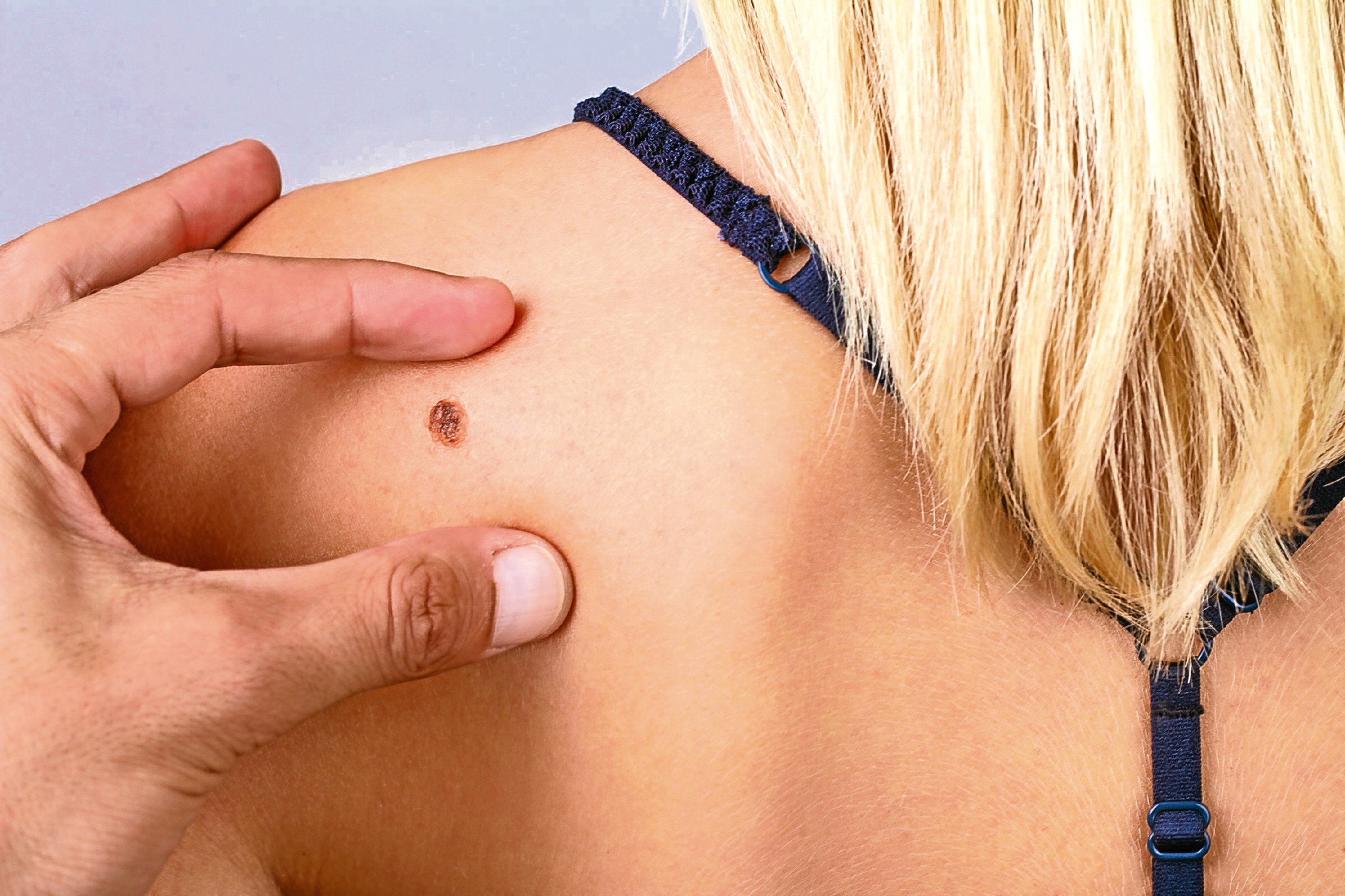
EYEBROWS, bikini wax, Botox… there’s not much you can’t get done on the High Street now.
And it’s not just primping and preening — there are numerous health-related checks and consultations you can access on the humble High Street.
Boots UK offers a mole-scanning service, so you can literally get anything you’re unsure about checked while topping up on shower gel.
This is what happened when we went to try it.
The basics
The Mole-Scanning Service is currently available in 50 UK Boots pharmacies. You need to be 18 or over, and can book an appointment online, or just pop in and ask if they can fit you in.
It costs £35 for the first mole/lesion you want scanned, £15 for each additional one, and you can get up to four checked in a single consultation — and yep, you can use your Advantage Card.
It’s worth noting there are some moles they won’t check, such as ones on your genitals, or which are bleeding.
What consultation entails
Consultations take place in a private room with a member of the Boots Healthcare team.
They’re not dermatologists or skin-cancer specialists — so they won’t be able to tell you anything about your moles, or suggest which ones might look a bit dodgy — but they are specially trained to use the scanning equipment.
After a brief chat, you’ll be asked to fill out a consent form and questionnaire, with details such as family history of skin cancer and whether you’ve been sunburned in the past.
You’ll need to expose the area of skin where the mole or lesion is, then the consultant will take images with the scanning device — a SIAscope which is placed against the skin and emits light 2mm below the skin’s surface.
Each scan produces five different types of images, to give a detailed overview of the depth, shape and colour and what’s going on.
It’s totally painless and very quick.
What happens next
The images are sent to dermatologists at ScreenCancerUK, who specialise in using innovative tech for early cancer detection.
They will check for signs of cancer and put together a report based on your images. This will be sent to you within one to two weeks — I got a text to say my mole looked normal.
If the scan has detected anything to suggest your mole might be malignant, a ScreenCancer nurse will contact you to discuss the next steps.
You’d then need to follow-up with your own GP.
Why get moles checked?
Remember, there was once a time when nobody talked about checking your breasts. Now, campaigners are working to get us to be skin-cancer savvy, too.
Rates of the disease have been rising, with malignant melanoma in particular — the most-serious form — soaring by 119% since the early-90s.
And although around half of malignant melanomas are currently diagnosed in over-65s, data suggests today’s 15-24-year-olds will be more likely than previous generations to develop the disease in their lifetime, and more people than ever are getting serious skin cancer at a younger age.
Unlike more-common skin cancers, like basal cell carcinomas, malignant melanoma can spread to other organs, and kills around 2,000 people in the UK each year — but the cancer can be cut away if it’s caught early.
Slapping on the SPF is vital, but keeping an eye out for early warning signs, such as a mole that changes shape or starts oozing, or stubborn ulcers and scabby patches that won’t heal, is also a big part of it.
Familiar with the ABCDE rule? Asymmetry — healthy moles tend to be symmetrical, Border — are the edges uneven or irregular?, Colour — does it look like it’s not a uniform colour throughout?, Diameter — is it bigger than your other moles, or growing?, Evolving (is it changing, getting darker, itchy, oozing?).
You can go straight to your GP if you’re concerned about any moles or lesions, and ask for a referral to a dermatologist.
But it’s useful to know there are services on offer that enable you to get an expert assessment at an early stage.
For more information on the Boots service, visit boots.com/molescanning

Enjoy the convenience of having The Sunday Post delivered as a digital ePaper straight to your smartphone, tablet or computer.
Subscribe for only £5.49 a month and enjoy all the benefits of the printed paper as a digital replica.
Subscribe